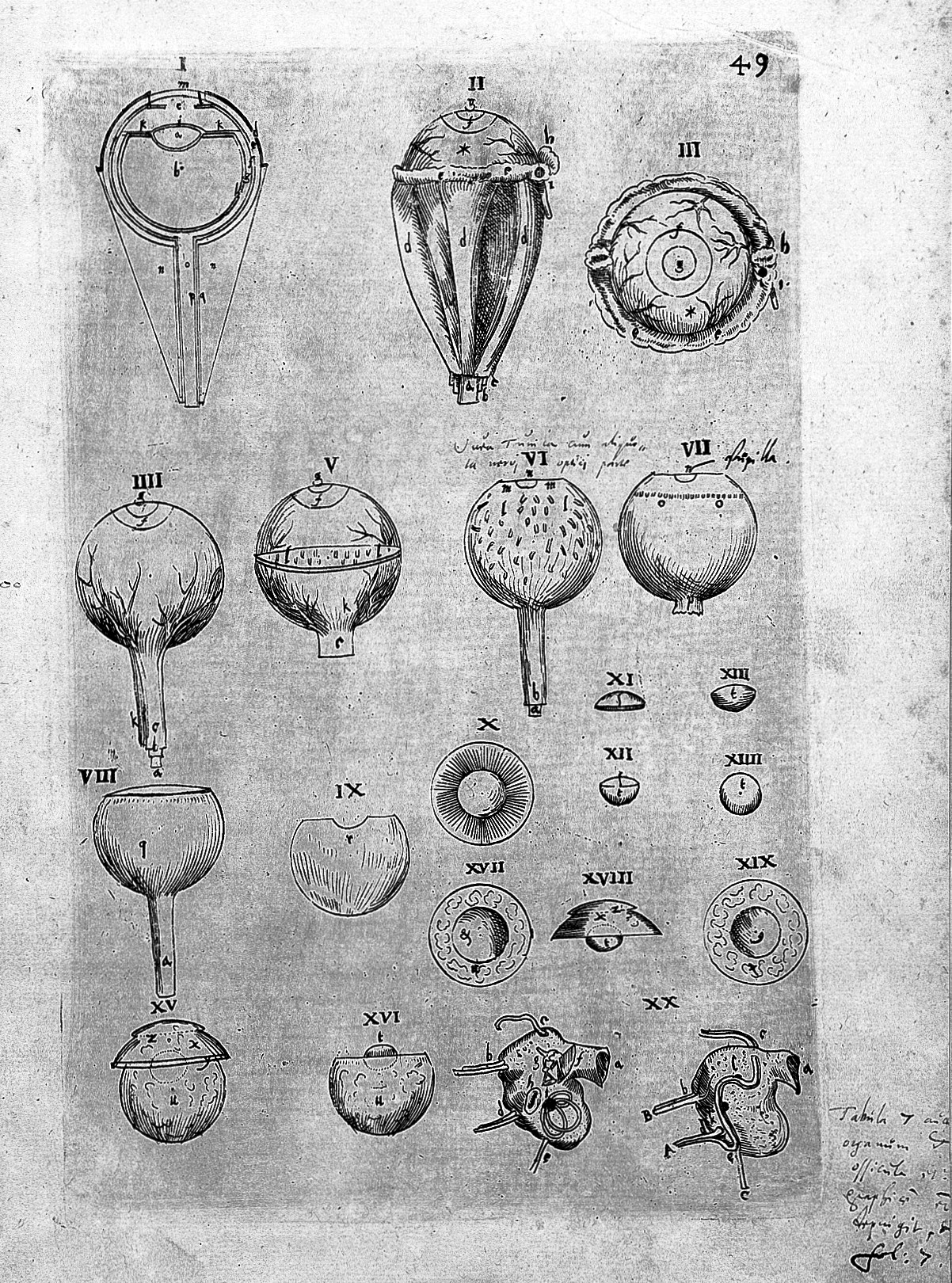
Bonaventura Cavalieri (c. 1598–1647): An Innovative Forerunner of Indivisibles and Early Calculus
Bonaventura Cavalieri, a name indelibly inscribed in the history of mathematics, was a pivotal Italian mathematician whose work established essential foundations for the evolution of infinitesimal calculus. As a key figure in the Galilei-Castelli school of mathematics, Cavalieri merged the mathematical traditions of the past with the emerging scientific approaches of early modern Europe. Although his theories faced criticism during his lifetime, Cavalieri’s daring advancements played a significant role in redefining geometry and impacted later giants such as Newton and Leibniz.
Early Life and Religious Journey
Francesco Cavalieri was born in Milan around 1598, the son of Bonaventura Cavalieri. At just fifteen, he became a member of the Jesuati order—a distinct religious order from the Jesuits—originally established in the 14th century to assist those affected by the Black Death. Upon taking his religious vows in 1615, he adopted his father’s name, Bonaventura, and dedicated himself to the order until his passing.
The Jesuati, formally called the Clerici apostolici Sancti Hieronymi, were marked by a focus on monastic discipline and charity, including fervent public prayer practices where members were known to passionately invoke Jesus’ name. Despite their devoutness, the order was ultimately dissolved by Pope Clement IX in 1668.
Training and Intellectual Development
In 1616, while residing at the Jesuati house in Pisa, Cavalieri met Benedetto Castelli, a disciple of Galileo Galilei. Though Castelli was a Benedictine monk, he lived at the Jesuati location due to the absence of Benedictine accommodations in the city. This meeting initiated a remarkable mentor-protégé dynamic.
Recognizing Cavalieri’s exceptional talent, Castelli began instructing him in geometry. Cavalieri quickly exhibited remarkable ability, swiftly grasping the works of Euclid, Archimedes, Apollonius, and Pappus. Castelli eventually introduced him to Galileo, leading to a long-lasting intellectual correspondence and collaboration, evidenced by over 112 letters that survive from Cavalieri to Galileo.
Academic Struggles and Ascendancy in Bologna
Despite demonstrating evident mathematical prowess, Cavalieri faced numerous rejections early in his academic journey. From 1618 to 1626, his applications for professorships in Bologna, Milan, Rome, and Parma yielded no success. During this period, he took on various religious roles, serving as deacon, prior, and theological student.
It wasn’t until 1629, bolstered by Galileo’s backing and encouragement from key figures like Cardinal Ippolito Aldobrandini and Cesare Marsili, that Cavalieri finally attained the mathematics chair at the University of Bologna, a role he maintained until his death in 1647.
Scientific Achievements
Reflective Optics and Telescope Innovations
In 1632, Cavalieri released Lo Specchio Ustorio (“The Burning Mirror”), a work that examined the characteristics of conic sections including paraboloids, ellipsoids, and hyperboloids. Drawing inspiration from stories of Archimedes using mirrors to ignite Roman ships, Cavalieri investigated how these geometric forms could concentrate light, heat, and sound.
Notably, he presented speculative designs for reflecting telescopes—an innovation predating Isaac Newton’s own by over 40 years. He outlined three models featuring different mirror arrangements, foreseeing advancements in optical technology. Paradoxically, Cavalieri was skeptical about the practical benefits of such instruments, deeming them inferior to refracting telescopes—a belief that would later be contradicted by Newton’s achievements.
Geometry and the Indivisibles Approach
Cavalieri’s key work, Geometria indivisibilibus continuorum (1635), introduced the method of indivisibles, which serves as a precursor to modern integral calculus. In this groundbreaking text, Cavalieri suggested addressing areas and volumes as aggregates of infinitely thin slices (indivisibles), anticipating the limit-based techniques formalized centuries later.
He introduced what is now recognized as Cavalieri’s Principle:
“The volumes of two solids are equal if the areas of their respective cross-sections are equal in every parallel plane.”
While lacking the formal precision of limits, Cavalieri’s methodology was groundbreaking in conceptualizing area beneath curves and analyzing the volume of irregular shapes. Central to this was his idea of considering “all the lines” in a figure as comparable to the area, stopping short of claiming strict equivalence.
Opposition and Controversies
Cavalieri’s approach sparked debates, especially among Jesuit mathematicians like André Tacquet and Paul Guldin. As adherents of Aristotelian philosophy, they dismissed the idea of actual infinities. Tacquet bluntly noted that the method of indivisibles “makes